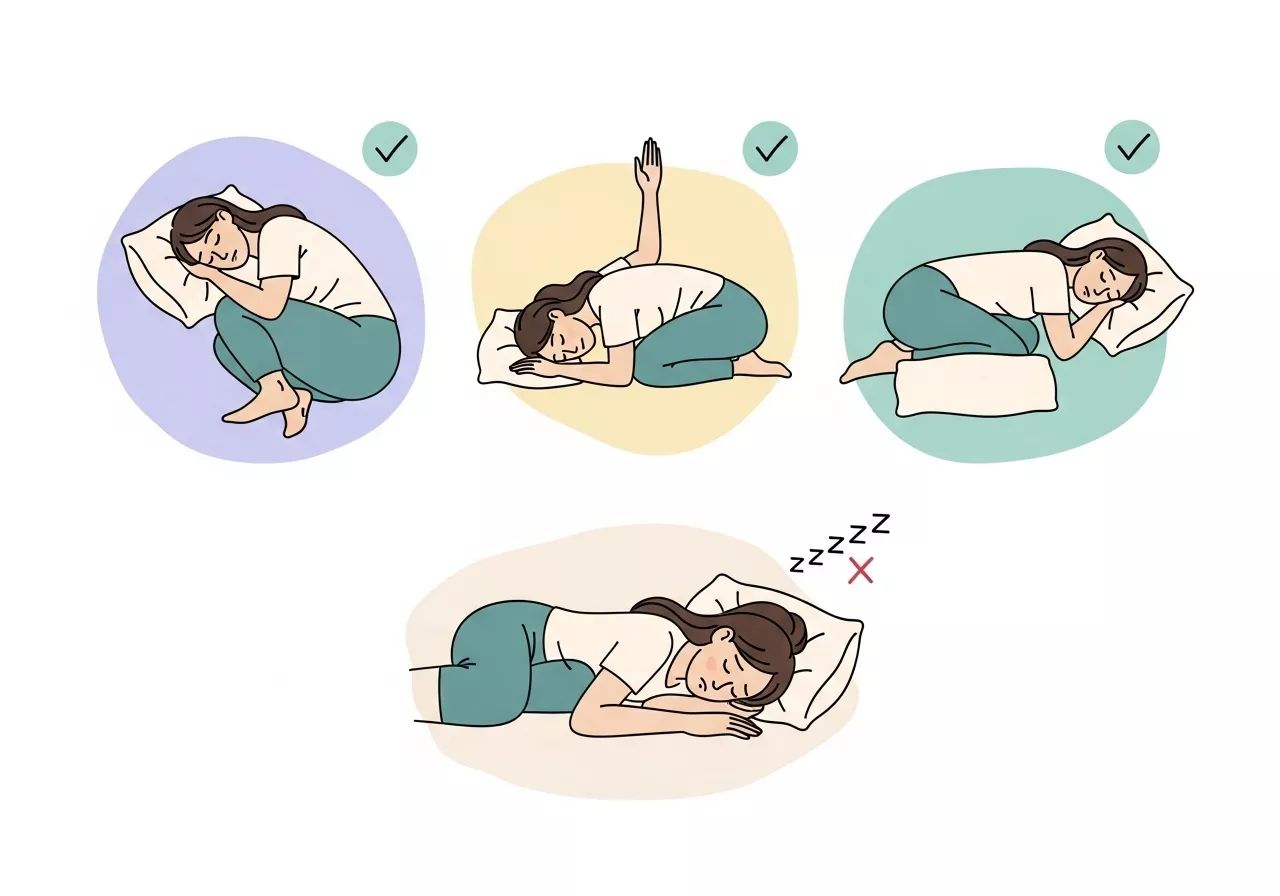Yoga, often celebrated as a path to mindfulness and inner peace, is much more than just a meditative practice.


It’s a full-body workout that can shape your body, strengthen your muscles, and even torch calories!
But have you ever wondered just how many calories you can burn during an hour of yoga? The answer might surprise you.
From the calming flow of Hatha yoga to the intense heat of Bikram yoga, each style offers unique benefits and calorie-burning potential.
Whether you’re a seasoned yogi looking to enhance your practice or a beginner curious about how yoga can complement your fitness journey, understanding the calorie-burning potential of different styles can help you choose the one that aligns with your health goals.
Imagine finding a workout that not only burns calories but also leaves you feeling rejuvenated, focused, and centered. Yoga does just that.
Beyond its physical benefits, it helps manage stress, improve posture, and boost flexibility.
Whether you’re looking to tone your body, shed some pounds, or simply unwind after a long day, yoga has something for everyone.
So, are you ready to explore how your favorite yoga style can help you achieve a healthier and more balanced lifestyle?
Let’s dive deep into the world of yoga, unraveling its calorie-burning secrets and uncovering tips to make the most of your practice.

The number of calories burned during a one-hour yoga session varies based on the style practiced:
Hatha Yoga
Hatha yoga is a gentle and slower-paced form of yoga that focuses on foundational postures, breathing techniques, and mindfulness.

In an hour-long session, an individual burns approximately 189 calories, making it an excellent choice for beginners and those seeking a more meditative practice.
The emphasis is on holding poses for longer durations, improving balance, flexibility, and alignment.
While it may not be as intense as other styles, Hatha yoga aids in building a strong foundation for more advanced yoga practices and supports mental clarity and stress relief.
Ashtanga Yoga
Ashtanga yoga is a physically demanding style that combines synchronized breathing with a progressive sequence of postures.

In one hour, you can burn around 351 calories, depending on your intensity level.
Each session follows a set series of poses, starting with Sun Salutations and advancing into standing, seated, and finishing postures.
This dynamic and vigorous practice enhances cardiovascular endurance, strengthens muscles, and increases focus. Ashtanga yoga is often described as a moving meditation due to its flow and emphasis on connecting movement with breath.
Bikram Yoga
Bikram yoga, often called “hot yoga,” is practiced in a heated room set at around 105°F (40°C) with 40% humidity.

During an hour-long session, you can burn up to 477 calories.
This style involves a standardized sequence of 26 postures and two breathing exercises, designed to systematically work every part of the body.
The heat not only aids in detoxification through sweat but also increases flexibility by loosening muscles.
Bikram yoga is known for improving circulation, promoting weight loss, and enhancing mental discipline due to the challenging nature of its environment.
Vinyasa Yoga
Vinyasa yoga is a dynamic, fast-paced style where movements are seamlessly linked to the breath, creating a continuous flow.

An hour of Vinyasa yoga can burn approximately 594 calories, making it one of the most effective yoga styles for calorie burning.
Classes often include creative sequencing, with transitions that build strength, endurance, and balance. The high-energy nature of Vinyasa yoga also promotes cardiovascular health, helping to tone muscles and boost metabolism.
This style is especially popular among practitioners seeking a workout that combines physical intensity with the meditative qualities of yoga
Incorporating yoga into your routine offers numerous benefits beyond calorie burning.
Each yoga style serves a different purpose, whether it’s Hatha yoga for beginners seeking relaxation and mindfulness or Vinyasa yoga for those wanting an intense calorie-burning workout.
No matter the style, regular practice can enhance physical strength, improve flexibility, support weight management, and boost mental clarity.
Advice for Yoga Enthusiasts
- Choose the Right Style: Begin with a style that aligns with your fitness level and goals. Hatha yoga is perfect for easing into practice, while Vinyasa and Bikram yoga suit those seeking a more intense workout.
- Set Realistic Goals: Combine yoga with a balanced diet and other physical activities to optimize weight loss or fitness results.
- Prioritize Consistency: Practicing yoga regularly, even for shorter durations, yields better results than sporadic sessions.
- Stay Hydrated: Especially for Bikram or hot yoga enthusiasts, proper hydration before and after sessions is crucial.
- Listen to Your Body: Avoid pushing yourself too hard; yoga is about balance and mindfulness. Modify poses as needed to suit your comfort and capabilities.
Frequently Asked Questions (FAQs)
1. How many calories can I burn with yoga per week?
This depends on the frequency and intensity of your practice. For instance, practicing Vinyasa yoga three times a week can help you burn approximately 1,800 calories.
2. Can beginners practice calorie-burning yoga styles?
Yes! Beginners can start with Hatha or modified Ashtanga yoga to build strength and flexibility before advancing to more intense styles like Vinyasa or Bikram.
3. Is yoga effective for weight loss?
While yoga alone may not lead to significant weight loss quickly, it enhances mindfulness, which can improve eating habits and overall lifestyle choices.
Combining yoga with a calorie-controlled diet and other exercises can effectively support weight loss goals.
4. Do heavier individuals burn more calories in yoga?
Yes. A person’s weight influences the number of calories burned, as heavier individuals expend more energy during physical activities, including yoga.
5. What equipment or preparation is needed for yoga?
Yoga typically requires minimal equipment. A good-quality yoga mat, comfortable clothing, and, for Bikram yoga, a towel and water bottle are sufficient.
Some styles may also benefit from props like blocks or straps for added support.
6. How soon can I see results from yoga?
Results vary depending on consistency and goals. Improvements in flexibility and mental well-being can be observed within a few weeks, while noticeable physical changes like weight loss may take a few months of regular practice.
Yoga is a versatile practice that adapts to individual needs, making it suitable for all fitness levels.
Whether you’re looking to burn calories, enhance mental health, or improve overall wellness, there’s a yoga style for you.
Start your journey today, and let the transformative power of yoga enrich your life.



